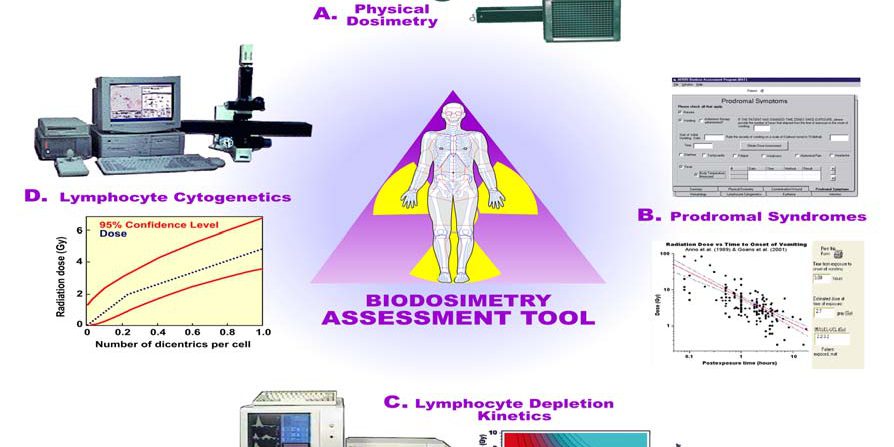Ionizing radiation is considered a potent carcinogen. Therefore, determining absorbed radiation dose in humans, due to either occupational or accidental exposure, is critical for health management. Further, nuclear terrorism constitutes a potentially significant threat in recent times, and such acts may require dose assessment in the exposed population so the appropriate medical countermeasures can be taken to avoid radiation casualties.
Two of the most commonly used cytogenetic biodosimetric methods are: (I) Dicentric Chromosome Assay (DCA) and (II) Cytokinesis Blocked Micronucleus Assay (CBMN). Both of these assays are time-consuming and labor-intensive, making them somewhat unsuitable for high throughput analysis. In the case of a natural radiological disaster or nuclear terrorism scenarios, hundreds or thousands of people are likely to be exposed to radiation. Such rare events would require high throughput cytogenetic techniques to enable large-scale monitoring of human exposure.
In recent times, a high throughput version has been developed for these two assays involving improvements at multiple levels: (I) large scale sample processing in 96 and 384 multi-well plates, (II) automation of large-scale imaging of cells, and (III) development of algorithms for rapid automated analysis of dicentric chromosomes and micronuclei without human interference. Additionally, several other biodosimetric techniques such as g-H2AX, serum amylase level, Flt-3 ligand, lymphocyte depletion, and pseudo Pelger-Hut Anomaly (PHA) are being developed as minimally invasive assays for high throughput platforms. In this webinar, potential applications of these high throughput techniques for radiation biodosimetry will be discussed.


